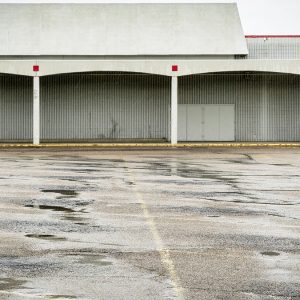How water impacts the lifecycle of concrete
Water affects concrete at every stage of its life, from the initial mixture to long-term use. To maximize the lifespan of a concrete structure, it’s important to understand this relationship. Read on to learn how water impacts concrete at each milestone.

Water during concrete mixing: How to find the right balance
Concrete is a mixture of cement, water, and aggregate (gravel, sand, and other particles). The balance between these ingredients affects how porous the surface is, how well the concrete dries, how smooth the top of the concrete appears, and more.
If the concrete mixture is too wet, it may crack as it cures. If it is too dry, it may not pour properly or be too porous on the surface.
As the concrete cures, the water within the mixture moves through the slab. It either evaporates from the top or absorbs into the ground below. This process takes quite a while. The top of the concrete may dry to the touch quickly, but the layers below take far longer to cure.
Water absorption on dry concrete
Once the concrete is dry and fully cured, water can still influence its structural integrity. Water infiltration can erode the concrete, rust the rebar below, and weaken the concrete with time. Concrete sealing reduces these risks, but even sealed concrete can be susceptible to water absorption.
Water also acts as a conduit for unwanted chemicals to get into the concrete. For example, water may bring in salt from winter roads or sulfur from the environment. Both of these elements can cause concrete corrosion.
Another factor to keep in mind is the freeze/thaw cycle of water. Concrete expands and contracts with weather changes, especially during Oklahoma’s unpredictable cold months. This cycle leads to concrete cracks. Some heal on their own, and others require repair to prevent further expansion.
Water absorption from below
Water from the ground can be just as damaging as water from above. The impacts of this type of water absorption may not be as noticeable because it takes time for the water to work its way to the surface. Nevertheless, it is important to have proper drainage channels around the property to redirect groundwater away from the concrete. This will also reduce hydrostatic pressure, which is a common culprit for foundation shifting.
No matter how damaging water may be, there are ways to control it and reduce its effects on concrete. Reach out to JK Industries to learn more about concrete water protection.
